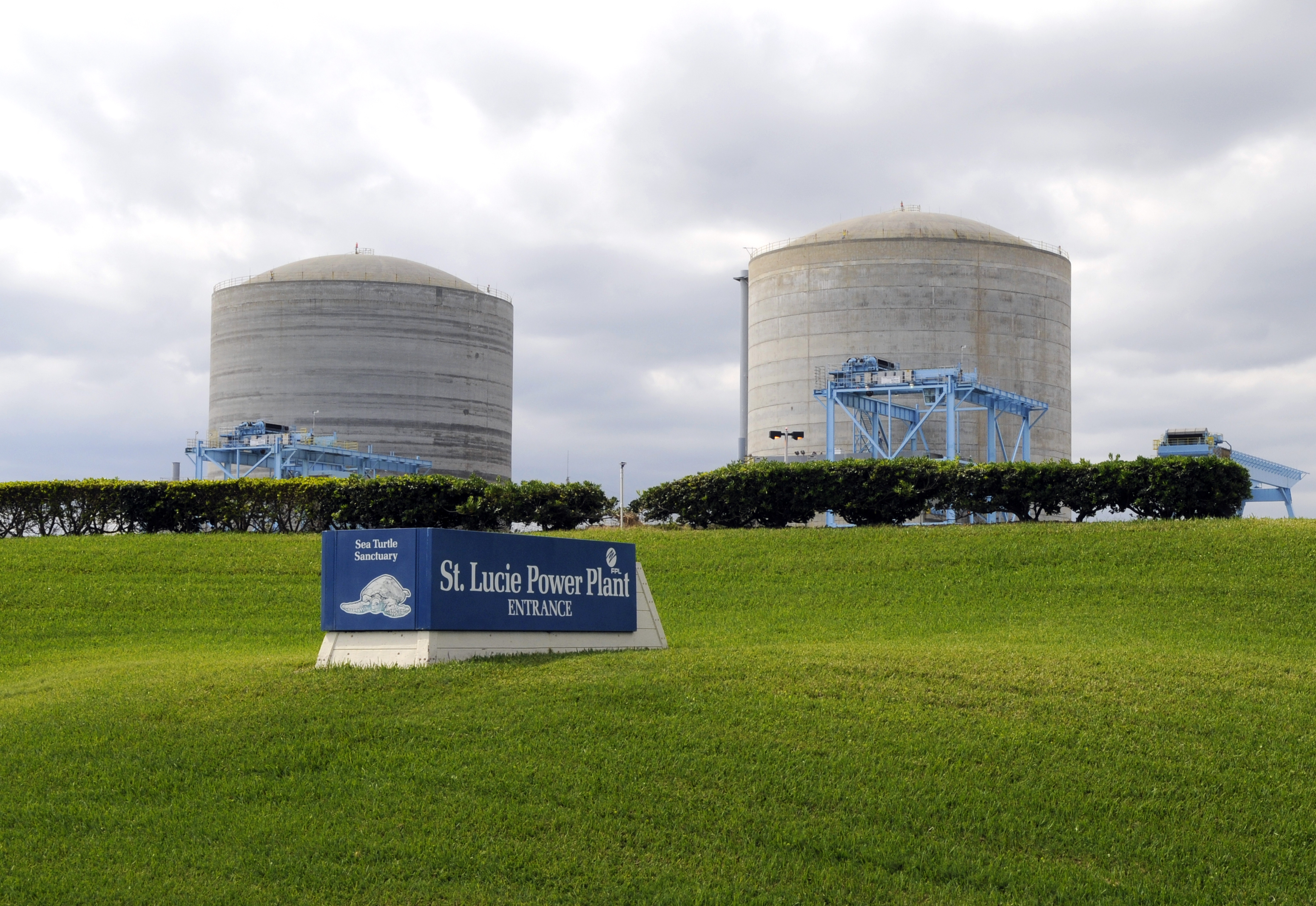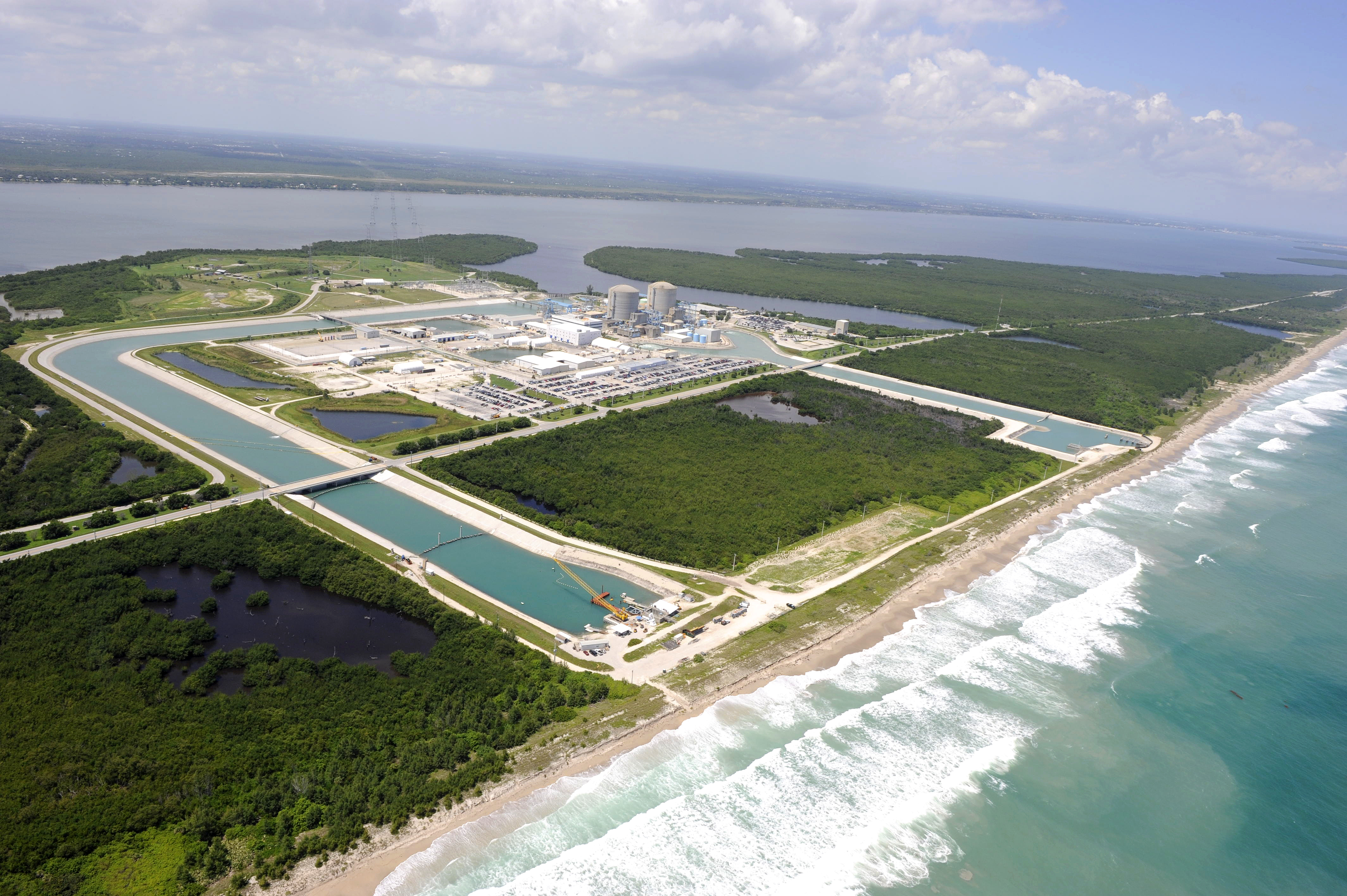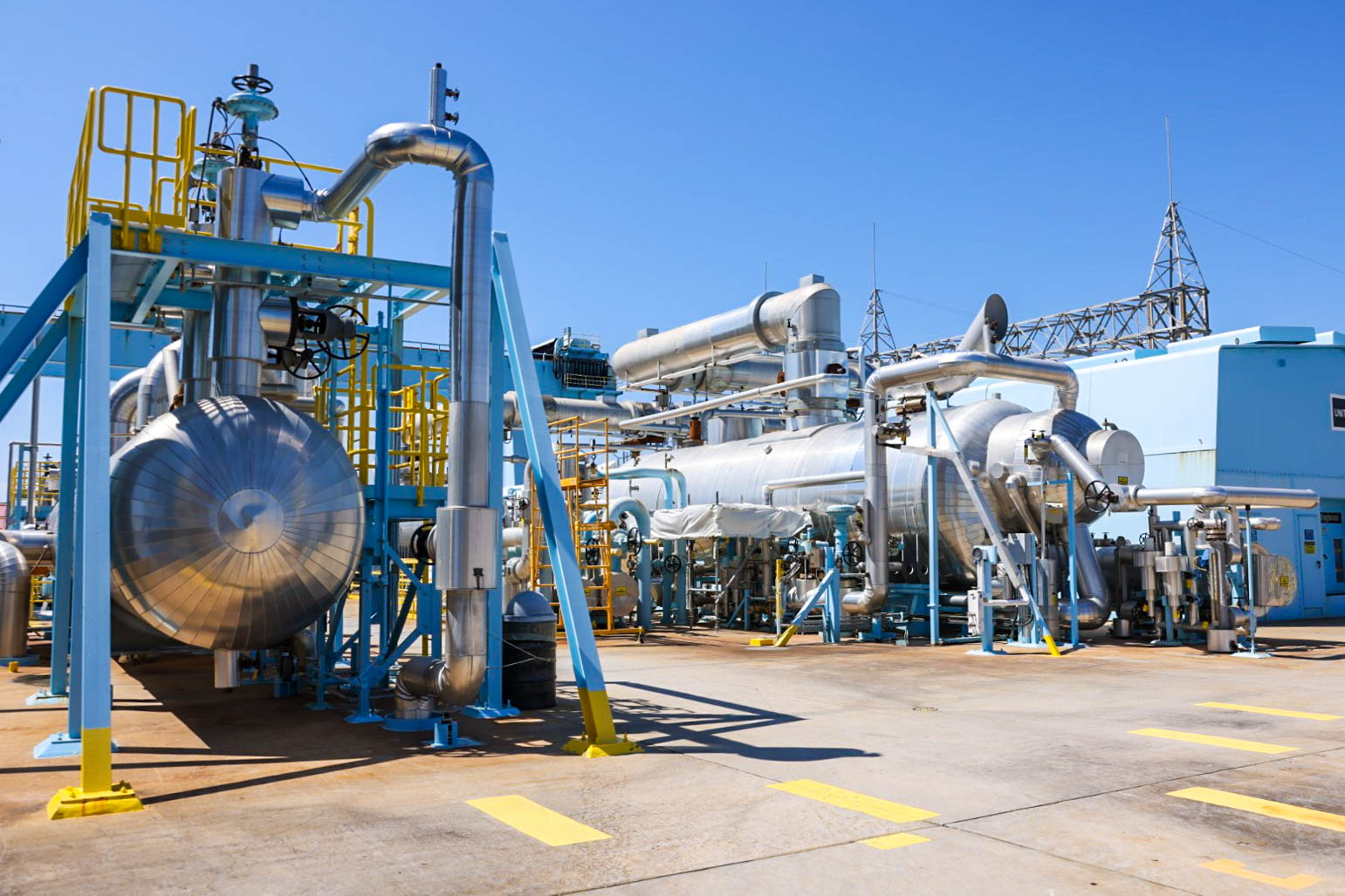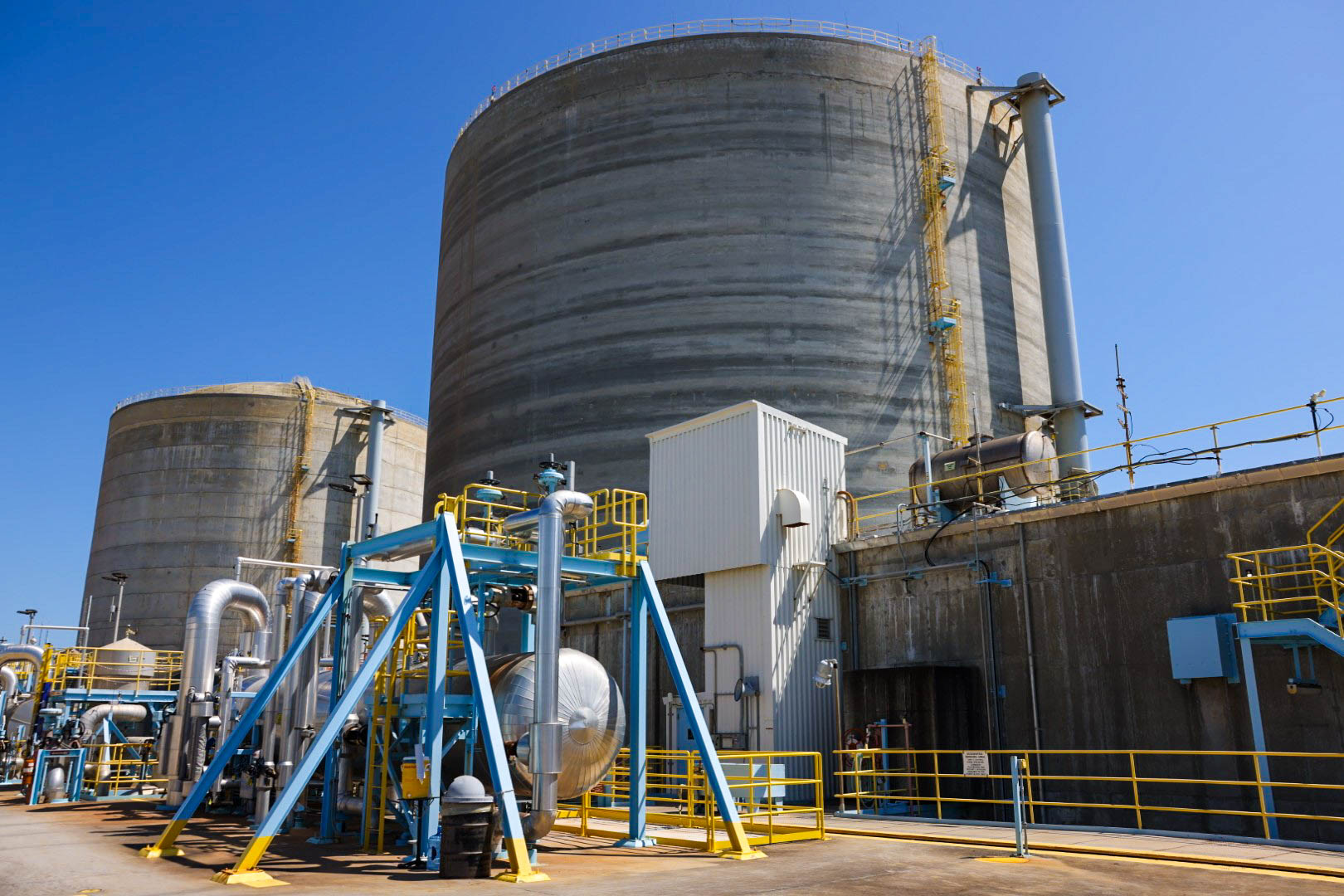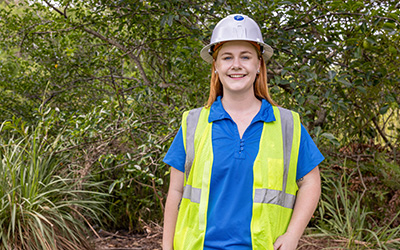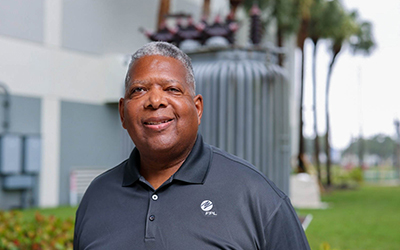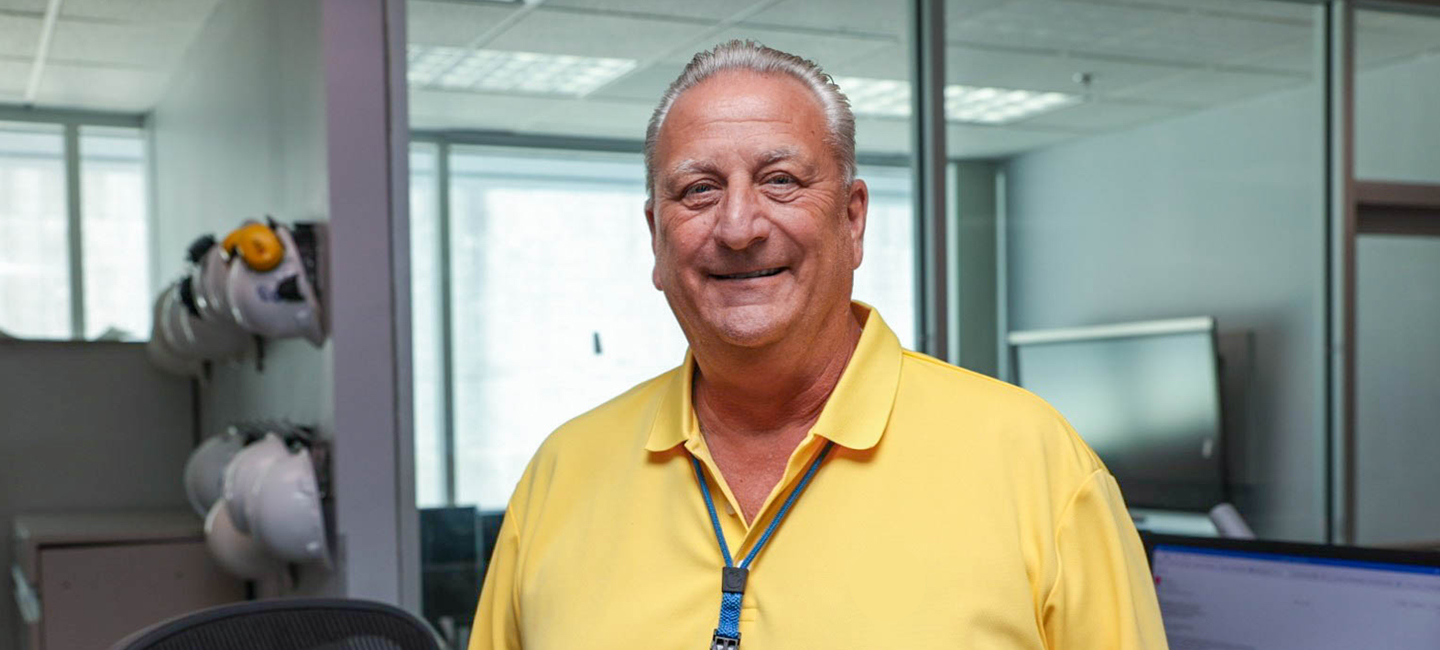
JENSEN BEACH, Fla. - Peter Polfleit’s drive to work is one that most people look forward to on vacation. The drive takes him past the glittering waters of the St. Lucie River, toward the Atlantic Ocean teeming with dolphins and turtles, and past sandy beaches and verdant golf courses.
His destination is Florida Power & Light Company’s St. Lucie Nuclear Power Plant on Hutchison Island, a plant that has been quietly producing enough emissions-free energy to supply the needs of 1 million homes and businesses for the last 47 years.
As hurricane season begins, FPL prepares and encourages customers to do the same. And when questions begin to swirl about how the plant prepares, Polfleit, as the plant’s emergency preparedness project manager, has the answers. Throughout the year, he ensures the plant and its nearly 500 employees are ready for the June 1 through November 30 hurricane season.
“We run the plant safely every day,” said Polfleit. “For a hurricane or any emergency, we plan and practice continuously and that gives us a muscle memory if a storm hits.”
Polfleit also coordinates with local, county and state officials as storms threaten, making sure all agencies are aware of the plant’s status. These officials, plus federal nuclear regulators, participate in practice drills throughout the year. The plant also participates in FPL’s annual storm drill, designed to test the company’s response to a simulated storm.
If a storm does threaten, customers should remember that FPL’s nuclear power plants were built to withstand hurricanes.
“What many people may not realize is that our nuclear power plants are some of the strongest, most fortified structures in the United States,” said St. Lucie’s Site Vice President Rob Craven. “They were built with our state’s severe weather in mind.”
According to Polfleit, preparing a nuclear power plant and the property surrounding it for an approaching storm is surprisingly similar to a homeowner’s storm preparation.
“Just like homeowners, we have storm shutters, plus we have equipment, pumps, and other items we have to tie down and put away,” said Polfleit. “We have much more than a homeowner has, but essentially, the idea is the same.”
While homeowners should have a plan for whether to evacuate, food and water, and how to secure property, a nuclear power plant has detailed plans and procedures. A major decision is whether to shut down the plant’s two reactors. They provide 2,000 megawatts of electricity to the energy grid and deciding whether to shut them down depends on the path and intensity of a storm, said Polfleit. FPL also coordinates internally because taking that much power off the energy grid means other power plants in the system must be ready to serve customers.
"Our number one priority is making sure we operate the plant safely,” Craven said. “This means we make conservative decisions based upon a number of factors. We then work with our operators to put the units in the safest condition to handle the pending storm."
The last major storms to affect the St. Lucie plant struck in 2004 - Hurricanes Jeanne and Frances. The plant, which is elevated 20 feet above sea level, was protected against flooding and was able to withstand those back-to-back storms.
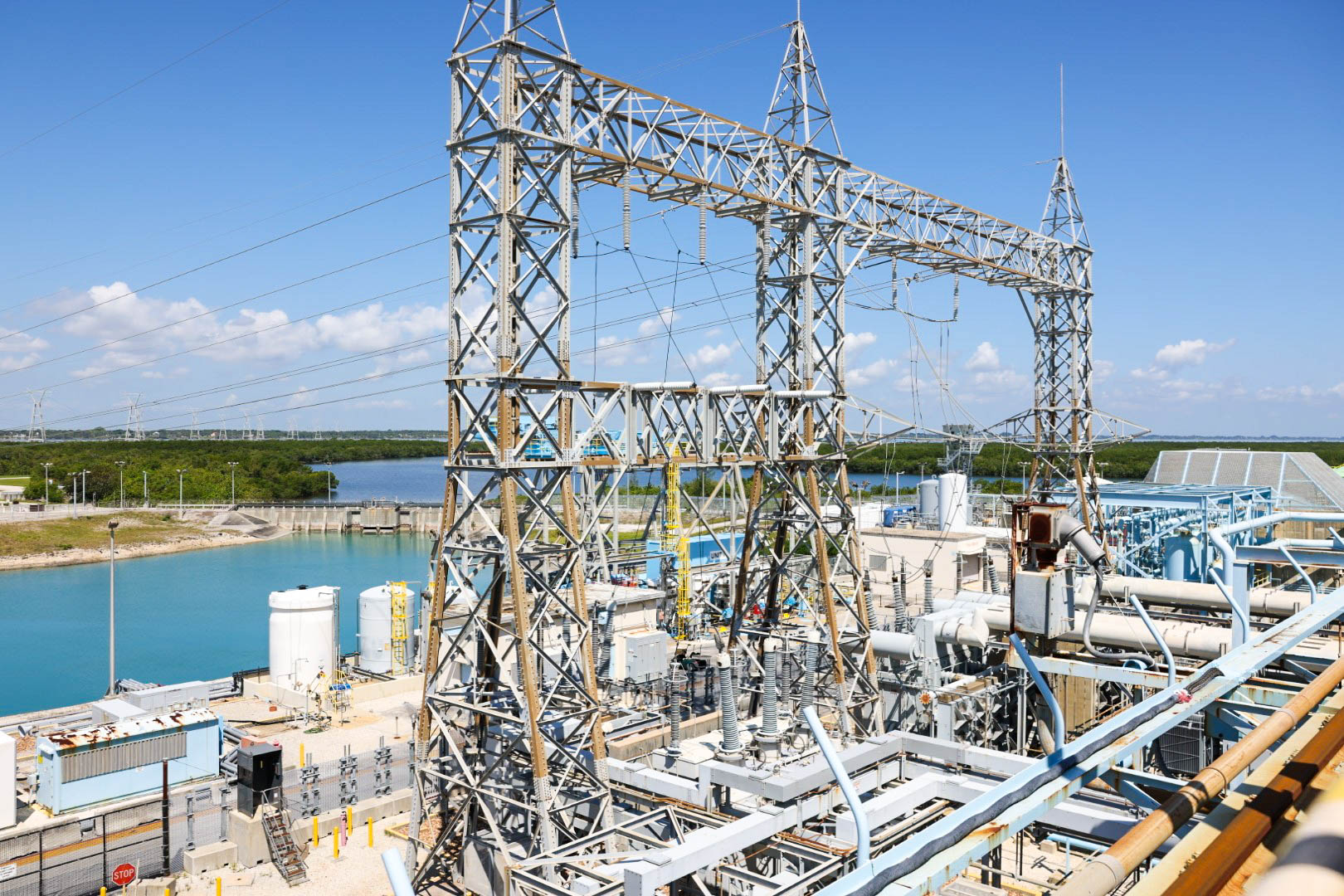
The first nuclear power plant to be affected by a major hurricane was FPL’s Turkey Point Nuclear Power Plant near Miami in 1992. As the Category-5 Hurricane Andrew approached with its catastrophic winds of up to 175 mph, FPL officials made the decision to begin the reactor shutdown hours ahead of the storm, even though federal rules called for waiting until much later. Although the plant suffered loss of power and communication, the reactors and other critical equipment to operate the plant were not damaged. Today, it is standard for nuclear power plants to shut down in advance of hurricane-force winds.
Polfleit joined FPL in 2011, the same year of the Fukushima Nuclear Power Plant disaster in Japan. While FPL’s two nuclear plants were already considered some of the safest buildings in the state, the company found ways to further reassure customers.
“We learned and made changes after Fukushima,” said Polfleit. “We added generators, pumps, and other equipment that they didn’t have.”
Today, FPL customers can be confident that both the St. Lucie plant and Turkey Point are prepared for any emergency or storm year-round.
“After every single tropical storm or hurricane, we take a look at our procedures; they’re not static,” said Polfleit. “In addition, our customers should know that we run the plant efficiently and safely every day, which should give the public confidence that we know what we’re doing.”
Polfleit also reminds customers that the beginning of storm season is when everyone needs to have a plan in place and supplies ready – before a storm approaches. For storm tips and planning guides, please visit fpl.com/storm.
